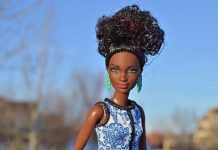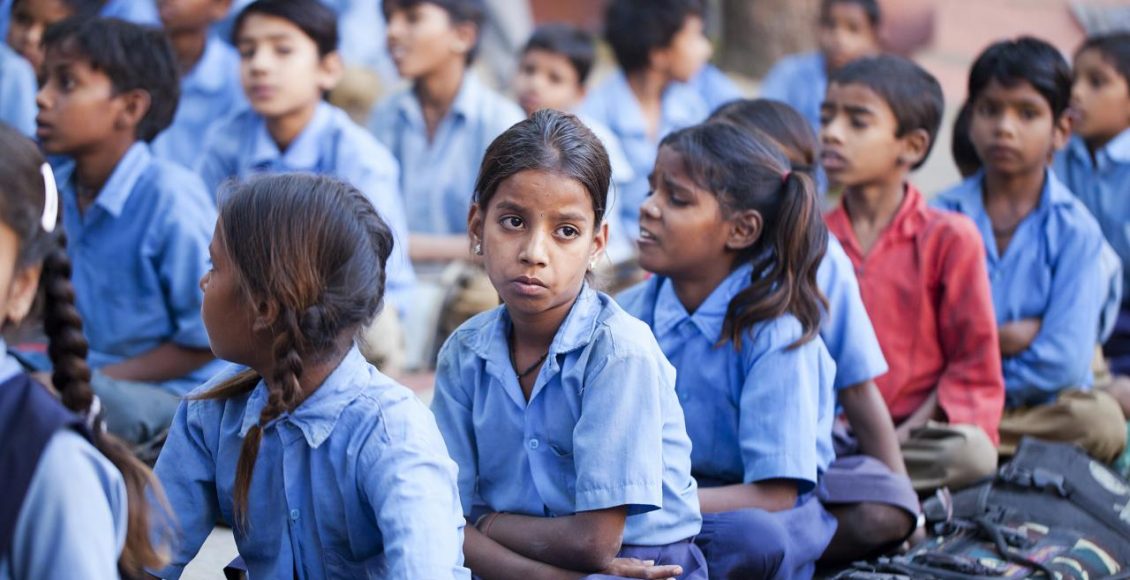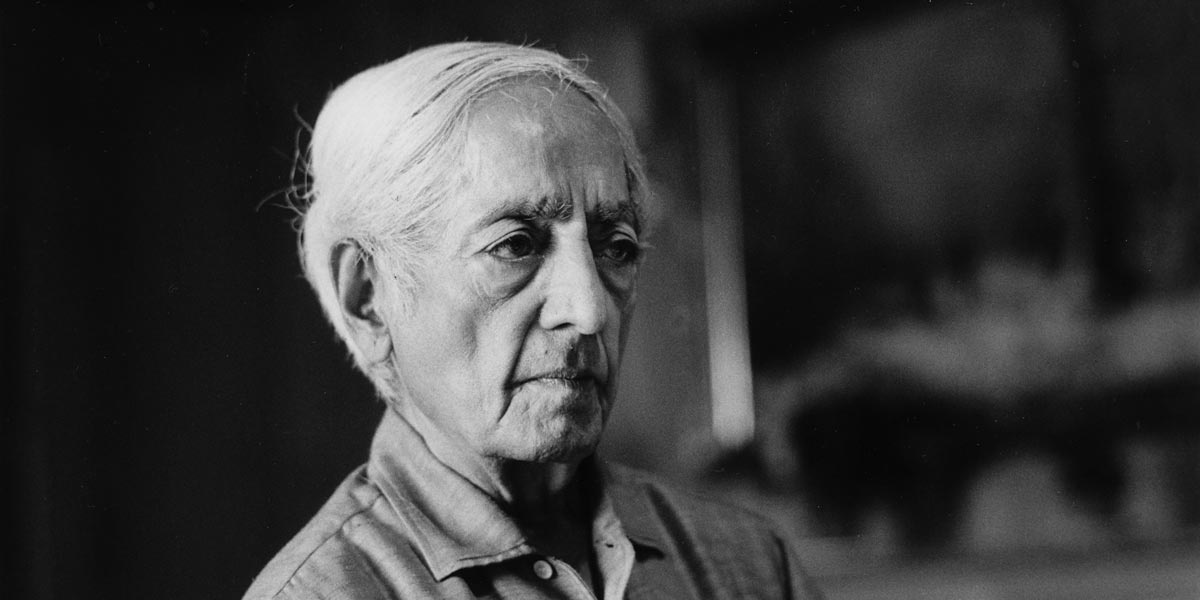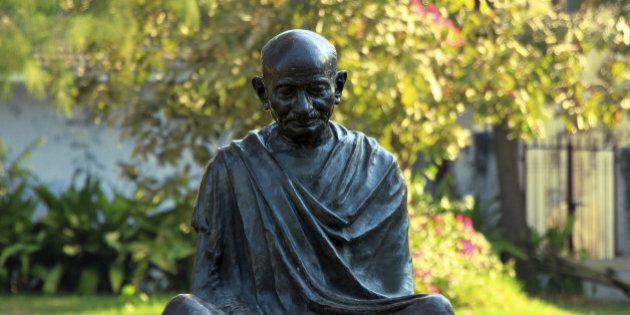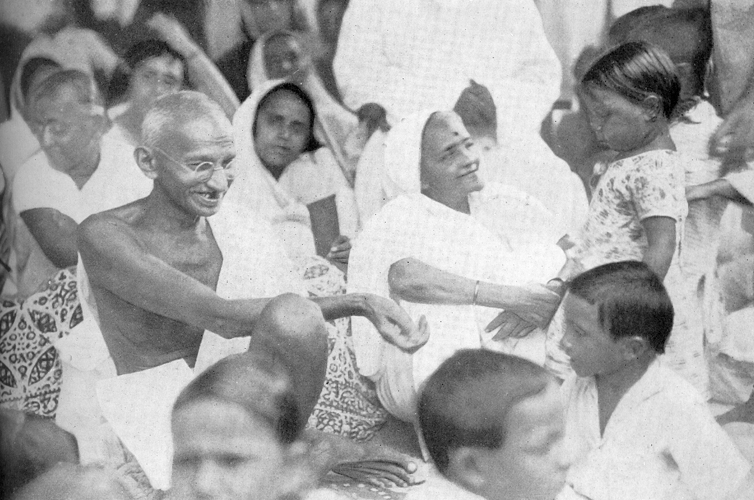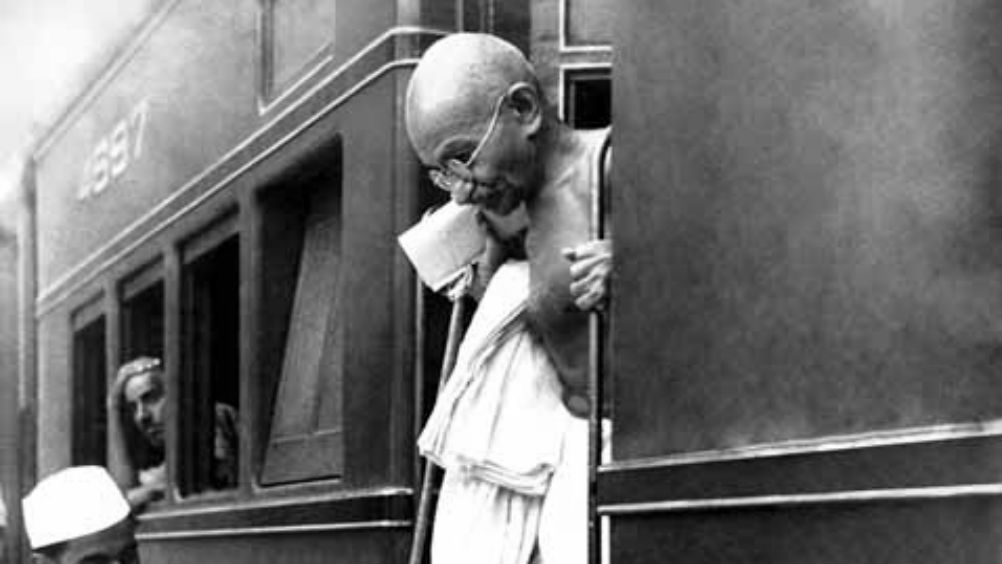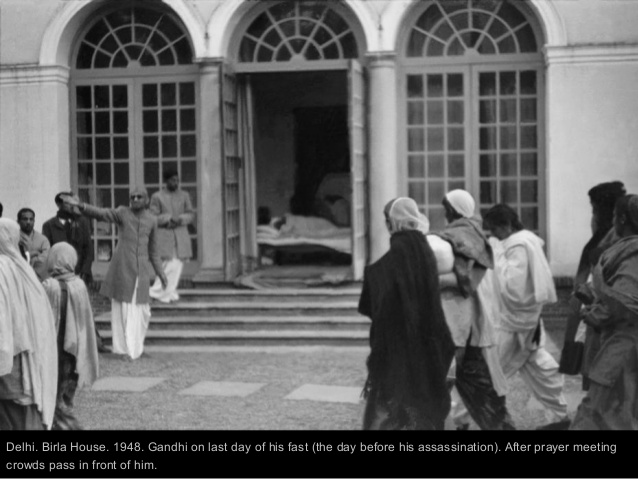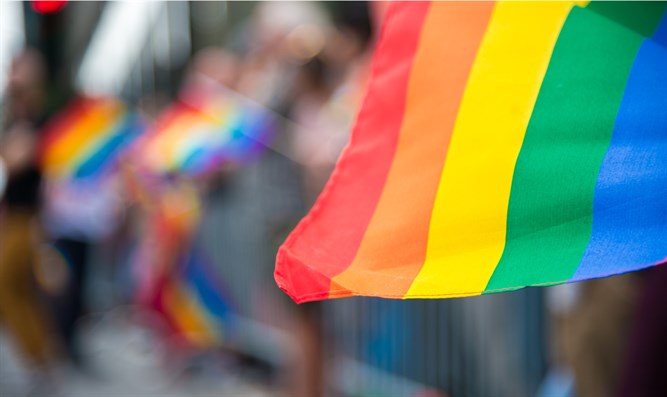
The transgender community is one of the most marginalised and misrepresented communities in India. Yet throughout the 12 years of schooling, one does not get to know much about trans persons instead they (singular gender-neutral pronoun) end up having more misconceptions about the community.
Recently, while analysing the theme ‘Family and Friends’ in the NCERT textbook of EVS class 4, I realised that the representation in the textbook has a very cis-gender and heterosexual gaze.
Hence, one thing becomes clear and that is that the school curriculum is not neutral (Apple, 1992). There is a relationship between knowledge and power that can be seen very vividly in the curriculum. The desire to make the students understand the gender in binaries of male and female and getting ‘normal’ in terms of gender and sexual orientation is intrinsically woven into the text and hence in schooling (Nirantar, 2011) and therefore the dominance of upper caste and cis-gender (as both are closely related) can be seen making a room in the curriculum. The essentialisation of the body as fixed is nowhere challenged in the school curriculum and that’s the reason why the experiences of trans persons get even worse in society.
A few months back, I came across a storybook called ‘Guthli has wings’ written by Kanak Shashi and published by Tulika Books which is a story about a girl called Guthli born in a male body.
She loves to wear frocks but her family expects her to perform the gender (Butler, 1988) that aligns with her sex assigned at birth. But since she sees herself as a girl so one day, she wears the frock of her sister for which she gets mocked by her siblings and gets angry stares from her father. Her mother tells her that she must not wear a frock and reinforces the gender normativity on her but that saddens Guthli and she stops smiling and talking to everyone. In the end, her mother accepts Guthli for who she is and gifts her a frock to wear.
As I read it, the first question that came to my mind was,“why isn’t this story a part of the school curriculum?”.
So, I laid down some criteria to see if the story ‘Guthli has Wings’ really fills the deficit of trans( Trans is an umbrella term used for people whose gender does not align with their sex assigned at birth. This includes intersex persons, non-binary persons, gender-fluid persons, genderqueer persons, transsexual persons, transgender persons, etc.) representation in the curriculum.
These included ‘Representation of trans person’ which aims at observing if the representation of the community is not oversimplified, labelled, or judged (Sharma, 2015), ‘Sensitivity towards others’, this criterion focusses on seeing if the text invokes empathy and acceptance towards trans people, ‘Moving away from biological essentialism through the illustration used in the storybook’ will analyse if the illustrations used in the storybook are clear and do not reproduce any gender norms and lastly, ‘Awareness around the existence of different kinds of families’ which tries to see if the text is making the students aware of the different kinds of families that exist around them in their social context. One of the sub-themes of the theme ‘family and friends’ is ‘relationships’ and hence, if this relationship of the trans child with their family is coming up clearly from the text then it will be seen as meeting the last criterion.
Matrix of text selection:
| Criteria | Observation from text | Claim |
| Representation of trans( Trans is an umbrella term used for people whose gender does not align with their sex assigned at birth. This includes intersex persons, non-binary persons, genderfluid persons, genderqueer persons, transsexual persons, transgender persons, etc.)person | The story shares the struggles of a trans child who finds happiness in wearing clothes that affirm her gender identity (pp. 8, 7). But she doesn’t get acceptance from her family and gets mocked for wearing a frock that she likes (p. 8). When her mother tells her that she is a ‘boy’ and should act like one then also she opposes it and asserts her identity by saying that she’s a girl (p. 10). Later, when her family sees her getting disheartened, they accept her, and that brings back Guthli’s happiness (p. 21) | The story is about a trans child, Guthli, and no judgements have been made in the story about her.
Guthli has been shown as an active agent in the whole story as she tries to proclaim her gender identity and her experience has not been patronised in the text. Correct pronouns are used for Guthli throughout the story. Her experiences and struggles of being a trans are not oversimplified but shown with a lot of reality like the mocking by the family and their apprehension to understand and accept Guthli. The alienation between the social context and the social reality is being challenged here in this text (Sharma, 2015) as trans people though exist in the social context of the child but they do not find any mention in the textbooks but here in this text, it is being challenged. |
| Sensitivity towards others | The story focuses a lot on the emotions and feelings of the child Guthli (pp. 12, 15) and shows how the acceptance from others brings happiness to her (p. 22). | The role of a teacher is very important here because through the text empathy, acceptance and respect towards others can be invoked very easily by the teacher. |
| Moving away from biological essentialism through the illustration used in the storybook | The illustrations in the storybook are affirming of Guthli’s gender identity and nowhere does it focus on her biology or sex assigned at birth. The faces are not very clear, and it seems more like a deliberate move so that the body gestures and emotions of the characters can be focussed more (p. 8 shows how Guthli’s brother is making fun of her and her father is looking at her angrily).
It is also imperative to note that the feelings are quite difficult to be portrayed via illustrations but here, in the story, sadness is shown by using appropriate body gestures, as Guthli is shown bent and leaning towards the floor due to the heaviness of her emotions and also, the colours used to depict sadness and happiness gives more meaning to it (pp. 13, 15).
|
Illustrations do not reinforce gender norms.
They do communicate the feelings of the protagonist. It is important to note the role of the teacher here as the whole purpose of illustrations will be diluted if no attention is given to it. |
| Awareness around existence of different kinds of families | The story shows Guthli’s relationship with her mother (pp. 10, 18), her siblings (pp. 6, 8), and her father (p. 8). And with all the honesty tells the reader how close Guthli is to her mother as she understands her the most but the bond with her father and siblings is not so smooth as they look at her angrily and make fun of her. | Under the theme of ‘family and friends,’ the story clearly depicts the complex relationships that exist in a family.
The text shares the relationship of Guthli with her family members, and in the same way, a teacher can also lead a discussion on the relationships that the students of their class share with their family members. |
And Finally…
At first, it is important to acknowledge that not enough children’s literature is available which represents queer lives. Those who do at times completely ignore trans representation and the ones that talk about trans people end up offending the community as it swings between the pronouns of, ‘he’ and ‘she’ for a single person which is highly offensive. Such texts for the sake of representation end up patronising the trans lives as well. At times, such texts are written by people who do not even understand the trans-experiences completely hence, a text like ‘Guthli has wings’ gives some hope because neither does it patronise the trans lives nor do it misgenders.
The text carefully deals with empathy and if a critical teacher takes up this text in his/her classroom then it can really help the other students to understand that respecting the differences and seeing oneself in the shoes of others is very important.
Our curriculum pushes us towards binaries of male and female and promotes the affirmation with our sex assigned at birth and that’s one of the reasons that even after spending 12 years in school queer people do not get to know about themselves till they get exposure to the discourses on gender and sexuality which generally happens in higher education universities and the cis-gender students end up having misapprehensions about the community.
Of course, the question of whose knowledge is there and one can clearly see that the knowledge of ‘cis-gender’, ‘heterosexual’ and ‘upper caste’ hegemonizes the curriculum but now with the changing time it is important that such discourses become common not just in higher education universities but in schools as well so that the students get aware of the different gender identities that exist around them and be accepting of such differences.
I see the text meets the chosen criteria as it invokes empathy, acceptance, fills the gap between social context and social reality and tries to represent the trans child (Guthli) as an active agent in her life hence, I think this storybook can be used in class 4 as it is simple enough to be used in this grade and connects with the other chapters of the EVS textbook (of this class) under the theme ‘Family and Friends’.
Reference:
Apple, M. W. (1992). The Text and Cultural Politics. Educational Researcher, 21(7), 4–19.
Butler, Judith. (1988). “Performative Acts and Gender Constitution: An Essay in Phenomenology and Feminist Theory.” Theatre Journal, vol. 40, pp. 519–531. JSTOR
Nirantar. (2011). Textbook regimes: A feminist critique of nation and identity – Overall analysis
Sharma, G. (2015). From Curriculum to Textbooks — Post 2005 Revised Textbooks and Social Exclusion. The Primary Teacher
Shashi, K (2019). Guthli has Wings. Tulika Books
Zayan is pursuing his Masters in Education from Ambedkar University, Delhi. His interest areas include gender, sexuality, caste, education, and music.


